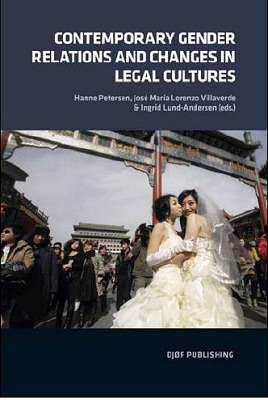
In the 21st century, political, business and professional leadership and economic ownership is dominated by men on a global scale regardless of the prevailing type of regime or culture. This is also the case for religious leadership globally, another normative culture of increasing importance over the last decades. But over the last one and a half century gendered, social and cultural changes have taken place in a number of important areas, which could seem to have speeded up changes in both gender relations and normative and legal cultures over the last decades. On a global scale most institutions are organized according to patriarchal gendered and vertical principles, with men, elders and rulers at the top and women, youth and subjects of political-economic management below. However, there are always exceptions. Not all men make it to the top, and not all women are subjected. This book deals with some of the changes and the continuities in these developments especially over the last decades.